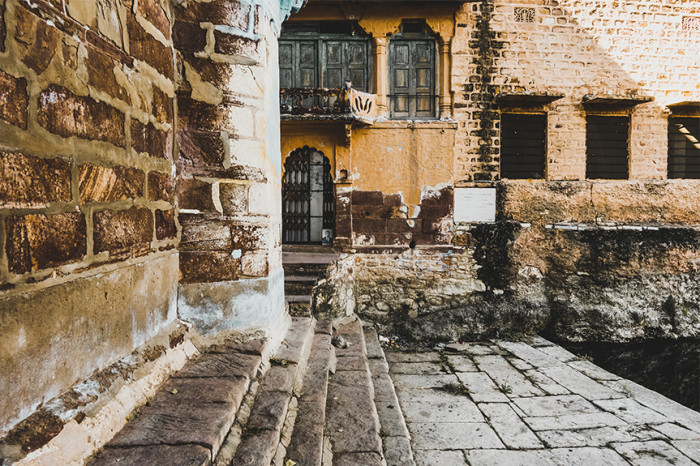How to Care for a Historic Property
Without preservation advocates, many historical properties wouldn’t survive. In historical districts such as Brooklyn Heights, New York, preserving the authenticity of the neighborhood is a must.
May 10, 2024

Without preservation advocates, many historical properties wouldn’t survive. In historical districts such as Brooklyn Heights, New York, preserving the authenticity of the neighborhood is a must. Fragile historic properties frequently fall into disrepair as a result of their unknown history, riots, wars, personal disputes, or lack of funds. Learn how you can protect a historical property today!
Pre-Renovation
Whether you own a historic home or you are planning to buy one, consistent maintenance is unavoidable. Before you start any project, consider the property’s physical condition, preferred use, and legal requirements.
Physical Condition
What is the current condition of the property? Is the foundation strong? Has the property undergone renovations and changes in the past? If the property is historically significant, are the materials and features authentic to its era? Assessing the structure’s physical condition is key to ensuring its architectural conservation long-term.
Preferred Use
Defining the renovated property’s intended purpose will help determine how much it needs to be modified. For instance, a historic property once used as a luxurious home may be converted into a high-end restaurant. In these situations, some features may need to be altered or modernized while maintaining as much of the property’s old charm as possible.
Legal Requirements
Substantial changes made to an old building can ruin its historical authenticity, significance, visual appearance, quality, and resale value. To minimize these risks, various state governments have implemented mandatory building regulations specific to historic homeowners. Some of the specific rules pertain to home additions, roofing materials, painting methods, etc. Bills, taxation, and insurance procedures are also different for historic properties than traditional ones.
Renovation Stage
After understanding all of the historic property’s building requirements, it is time for the exciting part! You can now decide if you would like to preserve, rehabilitate, restore, or reconstruct your desired property. Though most among us interchange these words to mean the same thing as renovation, each of these words actually has a different meaning.
Preservation
Defined as historic property maintenance and repairs that preserve the home’s authenticity while maintaining its original features and structural integrity.
Rehabilitation
Preserving the historic character of the building, while making minor changes to accommodate its new uses.
Restoration
As the name suggests, restoring and updating a property to a particular period in time, reducing evidence of its original era.
Reconstruction
Over time, significant property wear and tear can occur. Reconstruction occurs when an owner repairs only the damaged portions and retaining the original aspects that are still in good condition.
The U.S. Department of the Interior’s National Park Service unit for Technical Preservation Services provides information on preserving and protecting historical properties. Check out its website to learn more about the national standards, guidelines, and resources for preserving, rehabilitating, restoring, and reconstructing historical properties!

History of Waynedale Indiana
Explore and research the history of Waynedale Indiana

Architectural Innovator: Unveiling the Genius of Raphael Soriano
Step into the world of architectural brilliance as we delve into the legacy of Raphael Soriano, a visionary who redefined the landscape of design.

What is a deed? Understanding the Cornerstone of Property Ownership
Explore the significance of deeds in real estate, learn about their types, and uncover how these documents hold the keys to your home history research.

How to Renovate Abandoned Properties
During your life you have probably come across one or two abandoned properties you have considered buying or selling.